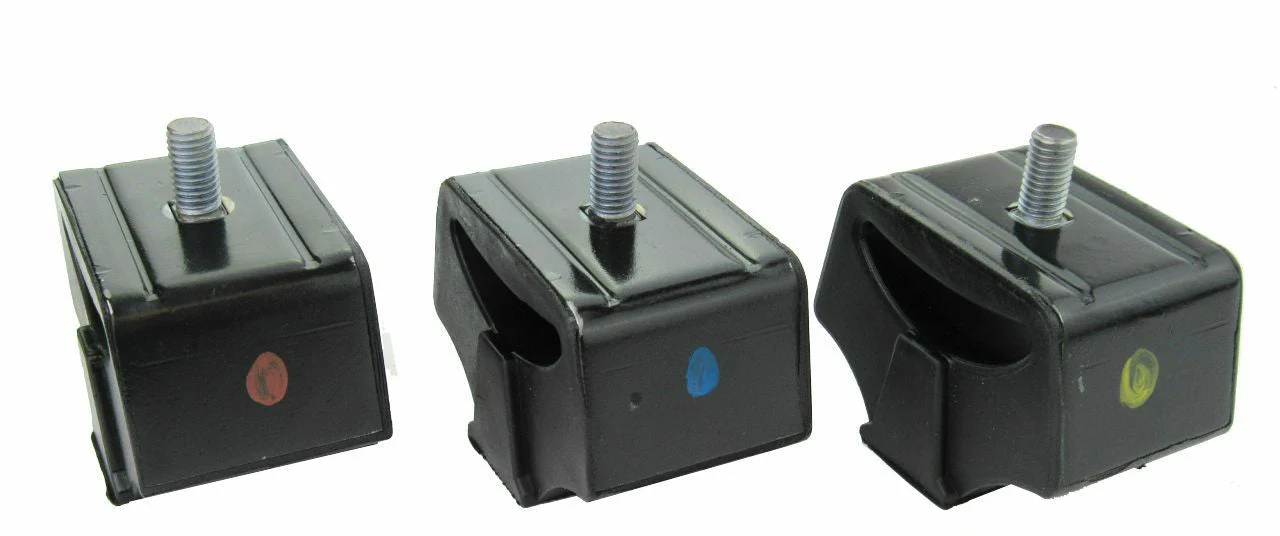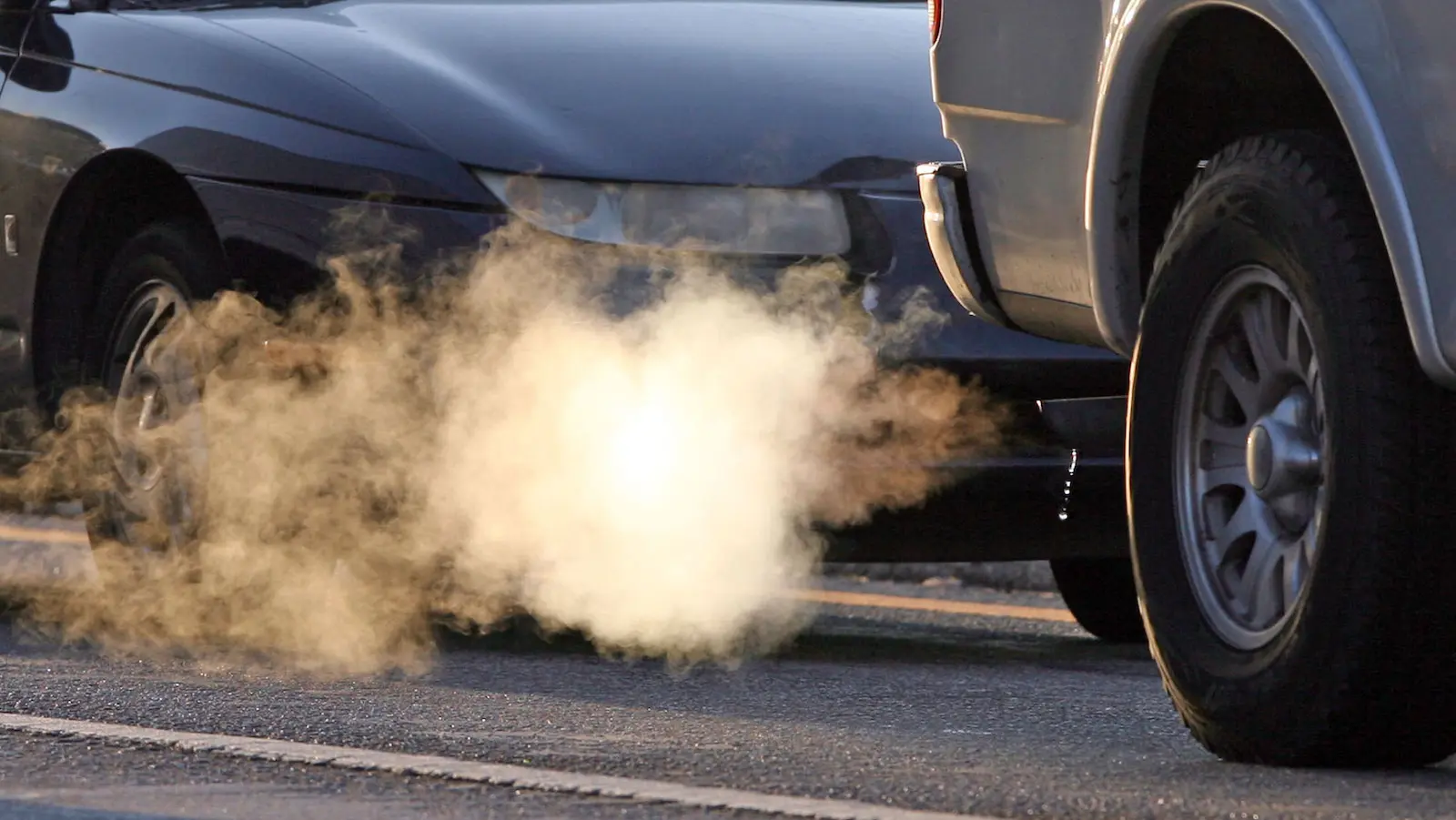Marine engines operate under intense conditions, and vibration is an inevitable byproduct of their function. Whether you’re running a small recreational boat or a larger commercial vessel, controlling engine vibration is essential to ensuring longevity, performance, and onboard comfort. One of the most effective ways to manage this is through proper engine mounting. A well-installed and appropriately selected engine mount serves not only to stabilize the engine but also to absorb shock and reduce the impact of engine vibrations on the vessel’s structure.
Selecting the right engine mount for your marine engine involves more than just fitment—it requires an understanding of materials, load ratings, and design compatibility. For those seeking high-quality and durable mounting options, the engine mount collection from Parts4Engines offers a variety of choices engineered specifically for marine environments. Choosing a mount from a trusted source helps ensure effective vibration isolation and long-term performance.
The Role of Engine Mounts in Vibration Isolation
Engine vibration occurs as a natural result of combustion cycles and rotational forces. In a marine setting, where the hull is often rigid and confined, these vibrations can easily transfer throughout the vessel if not properly controlled. This can lead to:
- Uncomfortable noise and movement onboard
- Loosening of engine components
- Accelerated wear of surrounding parts
- Fatigue in the engine bed or hull
A correctly installed engine mount absorbs and dampens these vibrations before they reach the hull or the frame of the vessel. The mounts serve as a buffer between the engine and its support system, allowing for a smoother and quieter operation while also protecting sensitive components from undue stress.
Why Improper Mounting Causes Problems
When an engine is not securely and correctly mounted, several issues can arise. Misalignment is one of the most common and detrimental effects of poor mounting. Misalignment between the engine and propeller shaft can cause vibrations to increase exponentially, resulting in premature wear of the shaft bearings, couplings, and seals.
Additionally, a mount that is too soft or too stiff for the engine’s size and output can fail to perform its damping function effectively. Over time, this may lead to cracks in the hull, loose fasteners, or internal engine damage due to excessive movement during operation.
Material Matters in Vibration Control
The materials used in engine mounts significantly impact their ability to manage vibration. Rubber, neoprene, and polyurethane are common damping materials used in mounts, each offering a different balance of flexibility and durability.
- Rubber provides excellent vibration damping but may degrade more quickly in marine conditions, especially when exposed to oils or saltwater.
- Neoprene offers better resistance to environmental factors and is a more stable choice for marine use.
- Polyurethane provides higher durability and load-bearing capacity but may not isolate vibration as effectively as softer materials.
The best choice often depends on the engine’s size, the vessel’s application, and the typical environmental conditions it will encounter.
Alignment and Load Distribution
Proper engine mount installation includes ensuring precise alignment and even load distribution. Uneven load can lead to uneven wear on the mounts, causing one to fail prematurely and resulting in increased engine vibration. Alignment tools or professional installation services may be necessary to ensure optimal performance.
Some mounts come with adjustable height settings, which allow fine-tuning to accommodate specific shaft angles or hull designs. This helps maintain proper alignment throughout the engine’s operating life.
Benefits of Proper Engine Mounting
- Reduced Engine and Hull Wear
By minimizing vibration transfer, mounts protect both the engine and the boat’s structure from premature wear. - Improved Performance
Smooth engine operation leads to more consistent power output and better fuel efficiency. - Noise Reduction
A properly mounted engine will significantly reduce onboard noise, making for a more comfortable experience. - Longer Lifespan of Components
Lower vibration levels extend the life of surrounding components, such as exhaust systems, cooling hoses, and electronic instruments. - Enhanced Safety
A securely mounted engine is less likely to shift during rough conditions or heavy maneuvering, reducing the risk of mechanical failure.
Conclusion
In marine applications, engine vibration is not just an annoyance—it’s a potential threat to performance, safety, and long-term durability. Properly selected and installed engine mount solutions play a critical role in mitigating this risk. By investing in quality mounts and ensuring correct alignment and load distribution, boat owners can enjoy quieter, smoother operation and reduce maintenance costs over time.
Whether you’re upgrading your current system or outfitting a new vessel, never overlook the importance of choosing the right engine mounting solution. It’s a small component with a big impact on the health and reliability of your marine engine.



